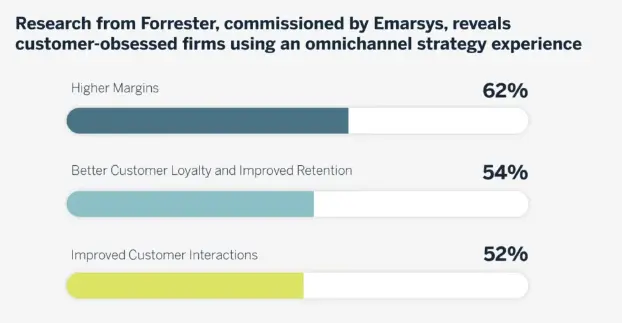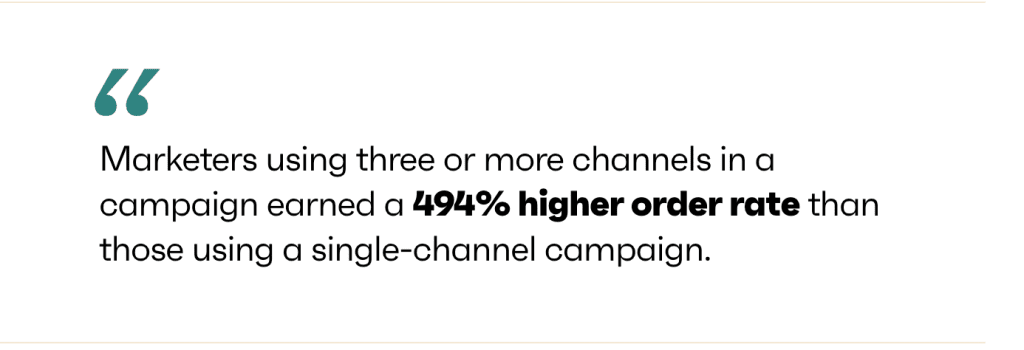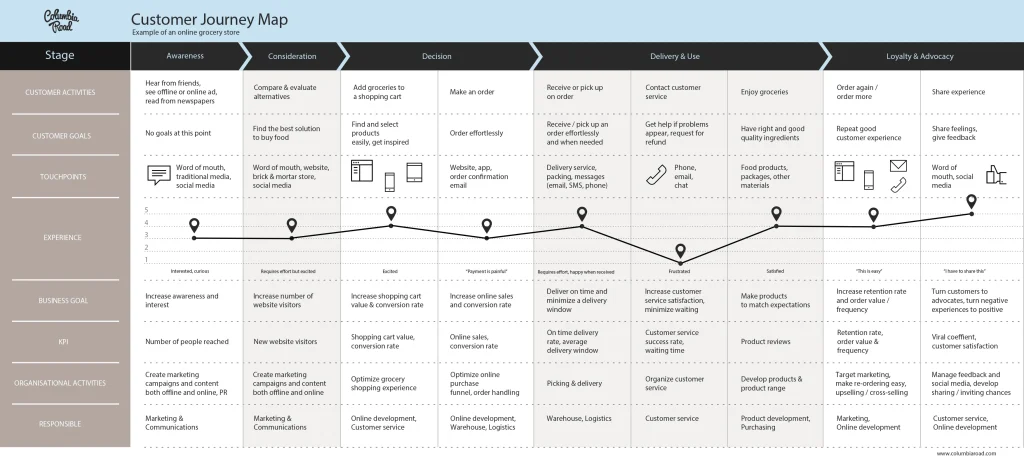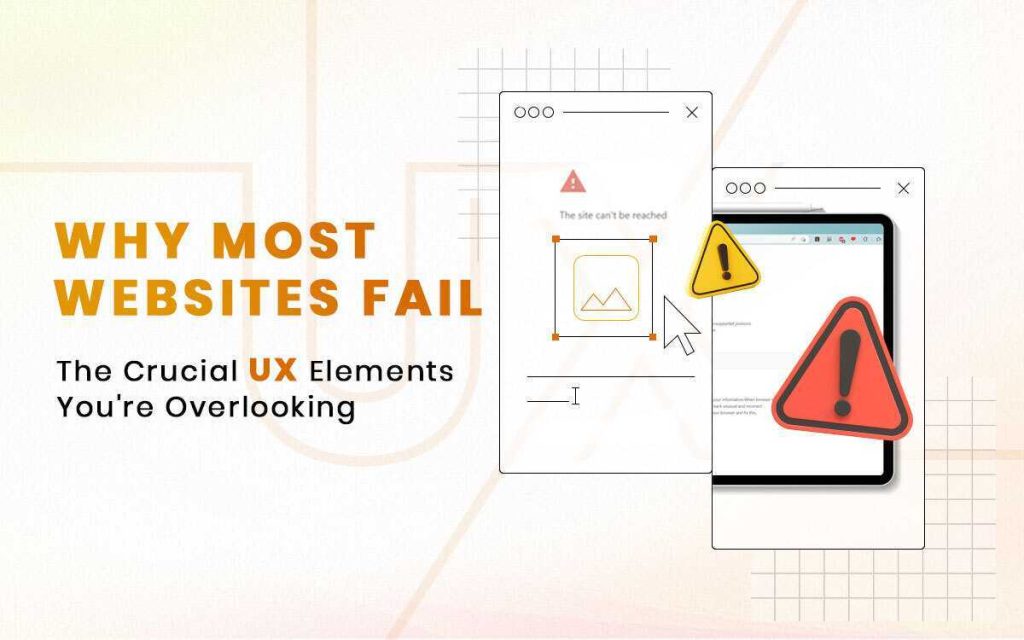Remember when marketing was simpler? Today, there are countless channels and diverse shopping habits to navigate. Users simultaneously interact with brands across multiple devices and platforms, blending in-person and online experiences. So, how do you cater to these evolving needs? The answer is omnichannel marketing.
According to Brand Equity, 77% of Indian shoppers prefer to shop from an omnichannel brand. A stellar example is Nykaa which is widely available online and offline for consumers. Nykaa has a multichannel presence by expanding its marketing channels and integrating through apps and websites.
Let’s dive into omnichannel marketing and explore seven strategies to maximize its potential.
Key Takeaways
- Omnichannel Marketing: This is about creating a seamless customer experience across all channels, focusing on consumer needs and consistency.
- Customer Journey Mapping: Essential for identifying key channels for your campaigns.
- Enhanced User Experience: By meeting customer expectations across various platforms, you drive sales and build loyalty.
- Strategies: Incorporate customer journey mapping, leverage marketing tools, and prioritize personalization.
- Omnichannel Popularity: 77% of shoppers engage in omnichannel shopping.
What Is Omnichannel Marketing?
Omnichannel marketing delivers a unified, customer-focused experience across a brand’s channels. It ensures every interaction is smooth and seamless, regardless of how and where customers shop. This consistency fosters engagement and satisfaction, boosting the likelihood of repeat business.
According to Google, 90% of people who own multiple devices switch between them every day. On average, they use three different devices to finish one task.
This means that if someone starts something on their desktop computer, they might continue it on their phone and then finish it on their tablet.
But if you’re only trying to reach those people on their desktop, you might lose them when they switch devices. Omnichannel marketing helps you stay in touch with your customers no matter what device they’re using.
This includes sending emails that work on both desktop and mobile, push notifications for desktop and mobile, and text messages for mobile. You can also use other methods like ads on Facebook and Google that show up on both desktop and mobile, or even live chat that works on both.
Key Principles:
- Seamless Experience: Ensure hassle-free transitions across channels, like spotting a product on TikTok, buying in-store, and following up on social media.
- Channel Integration: Combine websites, apps, physical stores, and more into a cohesive journey.
- Consistency: Maintain uniform messaging, values, and branding across all platforms.
- Convenience: Offer customers the flexibility to shop as they prefer, enhancing their overall experience.
Omnichannel vs. Multichannel Marketing
Though they sound similar, omnichannel and multichannel marketing have key differences. Omnichannel marketing integrates various channels for a harmonious, personalized experience. In contrast, multichannel marketing uses multiple, separate channels to engage customers, focusing more on the product than the consumer journey.
Why Omnichannel Marketing Matters
Implemented well, omnichannel marketing offers numerous benefits:
- Higher Margins and Retention: Brands see increased profits and customer loyalty.
- Improved User Experience: Centering the customer experience leads to better engagement.
- Better Brand Awareness: Consistency across channels enhances recognition.
- Enhanced Data Insights: Tracking across platforms reveals effective campaigns and channels.
- Increased Sales and Conversions: Multi-channel campaigns see significantly higher purchase and order rates.
- Boosted Customer Loyalty: Personalizing interactions based on customer data increases repeat business.

7 Expert Tips for Omnichannel Marketing Success

1. Map the Customer Journey
Understand your customers’ purchasing paths.
Steps to Map the Journey:
- Identify customer demographics and behaviors using CRM or buyer personas.
- Understand pain points driving purchases.
- Discover preferred platforms.
- Track conversion paths through tools like Google Analytics.

2. Integrate Your Channels Ensure your channels are connected, allowing seamless transitions. For instance, if promoting a product on Instagram, customers should easily find and purchase it in-store.
3. Create a Consistent Brand Presence Consistency in branding across platforms is crucial. Ensure all touchpoints reflect similar branding, tone, and messaging. Use customer feedback to address any discrepancies.
4. Personalize the Customer Experience Personalization is vital. According to Segment, 56% of consumers become repeat buyers after a personalized experience. Use data to deliver relevant messages and offers.
Examples:
- Cart abandonment emails with personalized discounts.
- Segmented product recommendations.
- Custom pop-ups based on customer interests.

What does omnichannel personalization look like? While it can vary by brand and industry, here are a few examples:
- When a customer adds an item to their cart but doesn’t check out, you send an email later with a link to their cart, a discount, and a reminder to complete their purchase.
- Using segmentation, you email different product recommendations to customers who purchase children’s clothing versus adult workout clothing.
- A customer tells an e-commerce chatbot what types of cleaning products they are interested in. Later, a customized popup promotes a special on those products.
Here’s an example from Spotify:

5. Prioritize Mobile Optimization Optimize for mobile to ensure a seamless experience. This is critical as Google uses a mobile-first approach for rankings. Ensure your site is responsive and user-friendly on all devices.
6. Leverage Omnichannel Marketing Tools Use tools to gather data, automate marketing efforts, and segment your audience. Tools like Google Analytics, marketing automation platforms, and segmentation tools are essential.
7. Test and Optimize Your Campaigns Constantly test and refine your strategy. Consumer behaviors change, so use tools like Google Optimize to test different aspects of your campaigns and improve ROI.
Conclusion
Omnichannel marketing is the future. Unlike multichannel marketing, which pushes similar messages across multiple platforms, omnichannel marketing integrates these experiences into a seamless journey that delights customers.
For businesses, this approach boosts loyalty, conversions, and revenue. Start by understanding your customers and leveraging tools to build an effective omnichannel strategy. If needed, consider partnering with an omnichannel marketing agency to maximize your efforts.




